Once upon a time, working out at home was reserved for the Richard Simmons, Jane Fonda, leotard, thong, leg warmers, aerobics, aerobics, and more aerobics era. But with the explosion of Beachbody and other late night infomercials (are there other infomercials?) most of us have grown to accept a visual of more muscular looking individuals using dumbbells on our home workout screens. This new era of workout videos provides instant access to some of the top trainers of the industry today: Jillian Michaels, Kelly Coffey-Meyer, Jackie Warner, Cathe Friedrich, Chalene Johnson and so many more. The convenience of working out at home can be an amazing thing for the motivated individual, or the person who enjoys the “feel” of being in a class setting (minus worrying that one might be judged by classmates – gasp!! “can you believe she’s wearing those pink pajama pants?!”).
With the (over)abundance of workout vids, we might easily assume that ripped, superfit types (as seen on the videos) are also in great supply. If you are one of the growing number of at-home exercisers (like me), you may be – in fact – wondering when your ripped-ness will arrive. Or, perhaps you’re glumly thinking that you’re the only person on the planet who works your butt off with these annoyingly-ripped-freaks-of-nature, yet still look like you gave birth last week. Grrrr…How is it possible to work your buns off, yet still not be able to fit said buns into those skinny jeans? To collect bucket-loads of sweat from doing 30-Day Shred (for 120 days!), yet have no semblance of becoming “shredded” any time soon?
This is typically because, as consumers, we tend to equate sweating with results. Moving nonstop during your workout, doing endless reps, or cardio moves between every lift will surely provide the sweat. Unfortunately, the amount of sweat that you leave behind has little to do with the reshaping of your body. As great as it feels, your body will eventually adapt to ANY workout that you do repeatedly, and you’ll stop seeing results. So should you toss your hopes of getting fit at home and run to the nearest gym? Not necessarily. It’s always great to work with what you’ve got (and I, for one, am not willing to shew my pink PJs just yet).
Here are five ways to make any DVD worth while:
Lift heavier
Make any DVD work harder by simply picking up a heavier weight. Even if you only have one or two DVDs to work with, increasing the amount of weight that you’re lifting is a quick plateau prevention/fix. Just because the people on the screen are using five – eight pounds doesn’t mean that you need to. Pick a weight that challenges you (ie. you can’t do MORE than two reps beyond the amount you’re supposed to be doing) and will bring you the results you’re after. Even if you come up a few reps shorter than “the crew,” you’re all good. Most home workout DVDs have far too many reps for the desired results. For strength gains, lift as heavy as you can for up to seven reps, for muscle building and definition lift for eight to 12 reps, and for endurance (cardio) perform 12+ reps (or as directed by the DVD). For best results, alternate all three rep ranges using weight appropriate for each range.
Take Notes
In order to have greatest success with the previous tip, be certain to take a moment to bring a pen and pad with you to the workout area. Jot down the exercises done in the vid, and how much weight you used. Whenever you discover that you could’ve kept going, put an asterisk or other symbol (like an up arrow) to let you know to go up in weight next time. ALWAYS lift heavier if you can safely do so. You’re not doing yourself any favors by using the same weight amounts for months at a time, no matter how much sweating is going down. Also keep track of how many reps you did, so that you can adjust the next time around. If you were able to do 12 pounds for 15 reps, then you know that you’ll need to go heavier if aiming for eight to ten reps next time around. Keeping a journal of your workouts (exercises, reps, sets, and rests) is key to a successful workout, whether at home or the gym.
Press Pause
It’s perfectly acceptable to press pause if the DVD is moving too fast (this will become incredibly relevant when increasing poundage for lifts). When doing circuit type workout vids (a weight move followed by a cardio move – or weighted moves with no rest between sets), it becomes ridiculously hard to lift heavy enough weights. This may tempt us to believe that we can’t go heavier, but this is far from the truth. While I would typically recommend doing a workout via a professional as written the first few times around, this becomes much less relevant the 88th time the video is done. It’s OK to stray from the pro at this point, and pause the dang thing, so that you can get some serious muscle involvement happening. Base your “rest” periods on the amount of weight and reps that you’re doing — just as you would in the gym — using the rep ranges discussed above. The goal of endurance needs very little rest (30 seconds or less) between exercises, muscle building requires slightly longer (30-60 seconds), and strength requires the longest (60-90 seconds). If the crew is doing 15 reps and you’ve chosen to do only six, then consider the “extra” time that they are pumping out reps as part of your rest period.
Re-purpose “strength” DVDs
As mentioned earlier, most DVDs suggest dumbbells that are far too light, have too many reps, and not enough rest to be considered a true “strength” workout. No problem. Why not change the way that you view your vids and accept the faster paced workouts for what they truly are…cardio! Most so-called strength videos on the market are really just a glorified HIIT workout. So why not treat them as such. Metabolic cardio and HIIT are all the rage these days anyway, so using your old circuit workouts for cardio helps you to cash in on this trend. This also works well as an alternative for the person who can only make it to the gym a couple times per week. Plan your lifting days for when you have access to heavier equipment at the gym, and your cardio (via video) on the days that you can’t make it.
Swap out moves (or equipment)
Let’s face it. Doing the same moves day in and day out for three years isn’t gonna “shape and tone” anything no matter how many times your DVD coach has told you so. Just as we get comfortable when we know what move is coming next on the DVD (or what words for that matter!) so do our bodies. And let’s just say that changes don’t happen when you’re comfortable…well, not good changes anyway. Now that you’ve been taking notes on your workouts (ahem?) you can use that same notebook to plot out ways to shake things up. Again, I don’t typically recommend taking a program written by someone who creates them for a living, and adding your own perceived “improvements.” However, if you know at exactly which pitch of the background song that a particular exercise will start…you stopped seeing results from that move many moons ago. There are safe swaps that can be done to most moves so that you are keeping with the general theme of the program’s intent. For example, you can sub the move for a variation of that same move: plie’ squat for regular, step ups or rear/side lunges in lieu of front lunges, hammer curls instead of traditional, etc..
You could also swap out equipment used in the vid, for equipment that you own but rarely use. I can’t count the amount of messages I’ve received from women asking if it’s “OK” to use hubby’s Bowflex, Nautilus, Smith machine, etc down in the basement…umm, YES! Don’t be scared to put someone else’s dust-collecting equipment to use – I did and it changed my life! The Gold’s Gym setup that I currently use in “Kiki’s Cave” is also formerly-known-as “Father’s Day Gift/clothes dryer” lol. Work with what you have. Teen son have an iron gym? Hubby have an old bench and rack? Score! Have some crazy as-seen-on-TV gadget that you just couldn’t pass up? Use. it. Variety is the spice of life, and just may help you get excited about working out to your old DVDs again. Sub out the old-is-new-again equipment for similar body-part movements. Bench press during pushups. Use a rowing apparatus (lat pull-down, rowing machine?) for bent over rows…or better yet, do pull-ups! Grab a Frisbee or gliding disc and do sliding lunges in place of regular. Use your Kettlebell in place of dumbbells, or sub Kettlebell swings (or sandbag cleans – see vid below) for another cardio move for circuit vids.
Take inventory of items you’d love to use, but never do, and allow your mind to wander. The possibilities are endless.
Not everyone can afford the time or finances that a full time gym commitment requires. Workout videos provide a convenient alternative for busy moms, housewives, or students that simply can’t make it to the gym regularly (or at all). With new formats popping up daily — whether via DVDs, downloads, or free sources like YouTube and Fitness Blender — you can make this growing trend work in your favor (and keep getting results!) with a few simple tweaks.
Do you workout with videos? What are your tricks for keeping the results flowing?
images: Supertrooper, Naypong, Digitalart, Marin, & Kristin Nadorn,
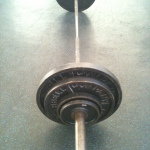
Should you just do cardio to lose weight? How heavy is heavy lifting? Do "strength" DVDs count? What if you don't want to lift? Sign up now for in-depth info on strength training and fat loss. You'll also receive special vids and free workout plans to help you get the most from your time in the gym.
No worries, we hate spam too!
Discover more from Eat More 2 Weigh Less
Subscribe to get the latest posts sent to your email.



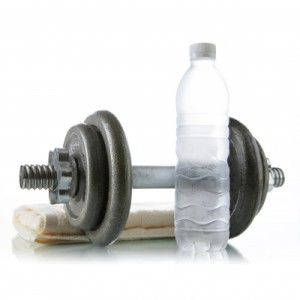


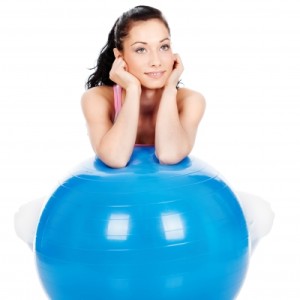
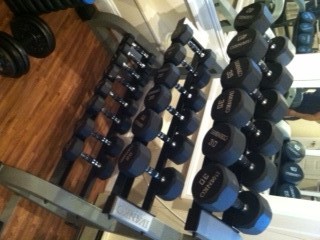
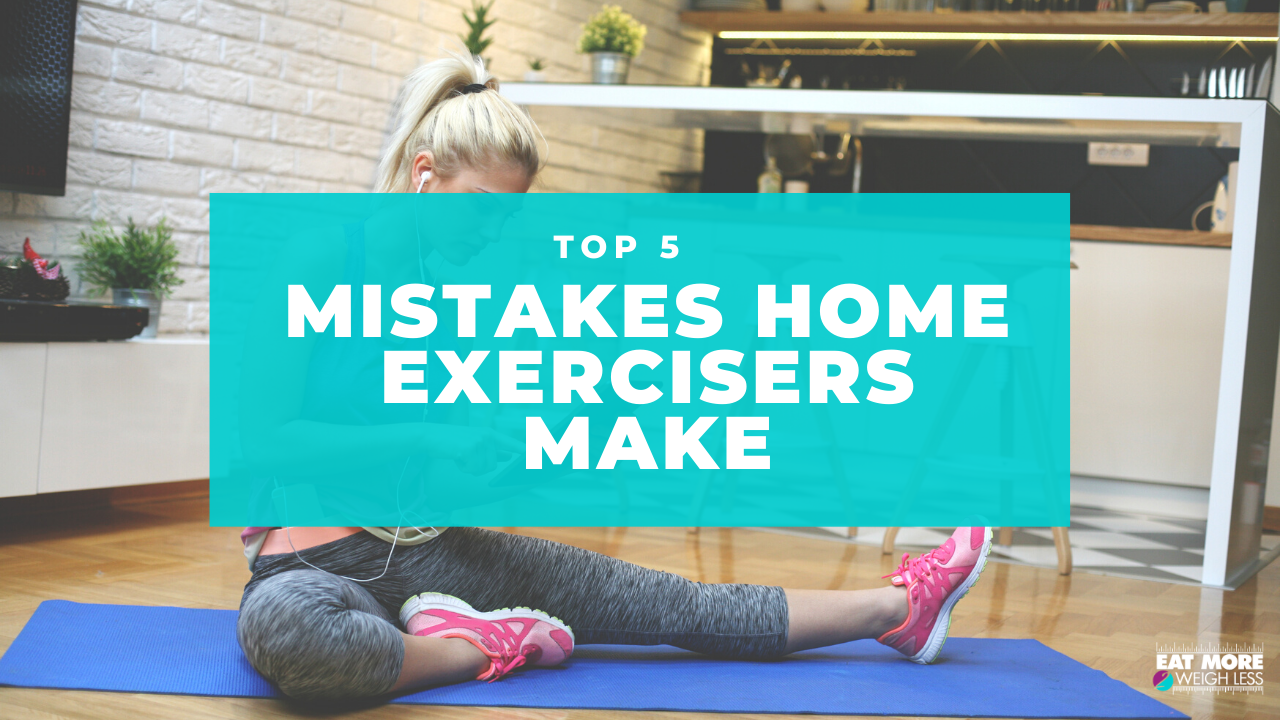
Recent Comments